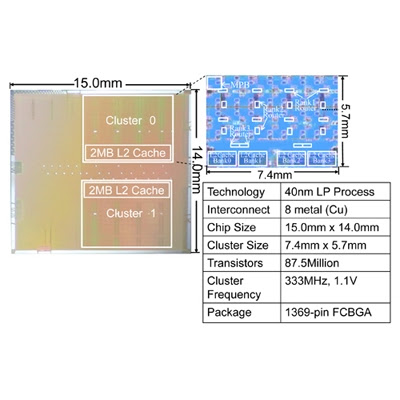
A report by the hit-and-miss DigiTimes cites industry sources as saying that mobile chip makers are “stocking their solutions” to meed the demands of one technology company headquartered in Cupertino, California which plans to unveil a new smartphone in a few months.
Apple partners Qualcomm, Broadcom, STMicroelectronics, NXP, Texas Instruments (TI), OmniVision, and others have reportedly started to put aside massive amounts of chips (their "solutions”) for the next-generation iPhone scheduled to launch in the second half of this year. The Taiwanese publication goes on to describe each vendor’s activity, such as Qualcomm and Broadcom producing the 4G (LTE) and WiFi radio chips using a 28nm process at Taiwan Semiconductor Manufacturing...



 6/17/2012 09:26:00 PM
6/17/2012 09:26:00 PM
 dannzfay
dannzfay




















